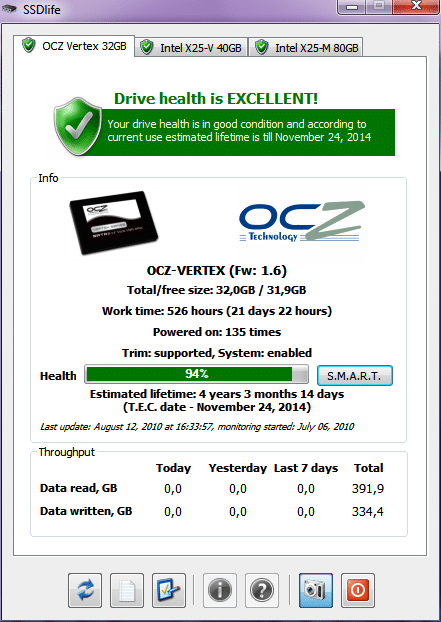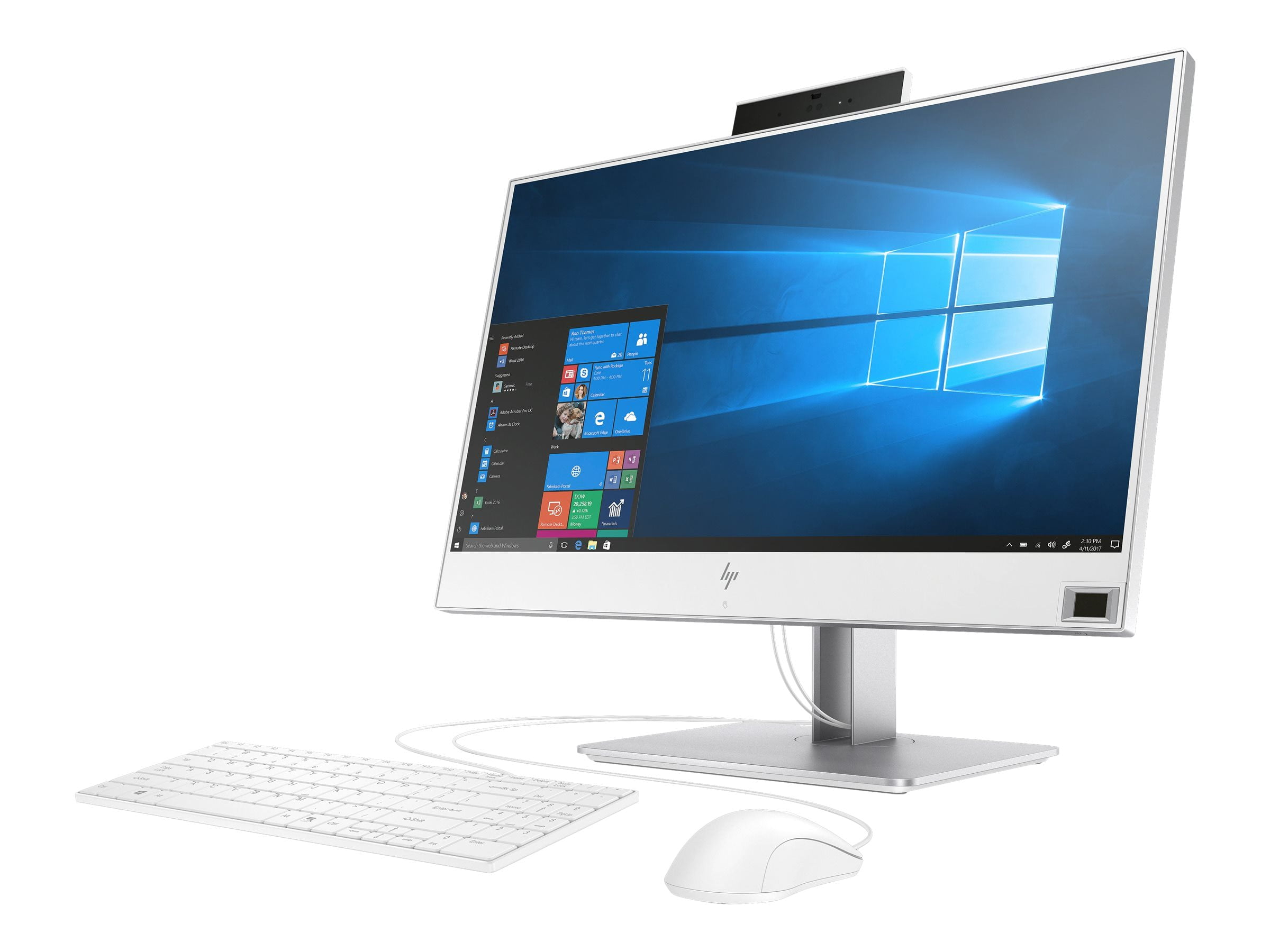

Afterwards adjust the permissions (usually chmod 755).Ĭommunity contributions welcome on GitHub repo. Downloadĭownload plugin and save it in your Nagios/Monitoring plugin folder (usually /usr/lib/nagios/plugins, depends on your distribution). If you are looking for commercial support for this monitoring plugin, need customized modifications or in general customized monitoring plugins, contact us at. Monitoring of NVMe drives is possible since check_smart 6.7.0. The plugin adds performance data on single drive checks which is handy to long-term monitoring of drives. The plugin also actively monitors the Media_and_Data_Integrity_Errors counter which could help to identify a failing NVMe drive. check_smart mainly focuses on the Critical_Warning attribute which represents the drive status. However the attributes are not compatible with the ATA attributes. NVMe drives use, like ATA drives, a list of SMART attributes to help identify (pre-fail) problems of a drive. However note that SAS drives are basically SCSI drives and are still widely used in enterprise servers. The usage of SCSI drives is declining due to the rise of ATA-based SSD and NVMe drives. check_smart is actively monitoring this counter (thresholds are possible with -b parameter), besides doing the normal health and temperature checks. Basically the relevant information can only be found in the grown defect list counter. The available data for analysis and pre-failure guessing is very limited. Monitoring SCSI/SAS drivesĬompared to ATA drives, SCSI drives do not have SMART attributes. If health of the drive seems to be OK, the plugin will retrieve all the SMART attributes and their current values and compare them to given thresholds (using the -w parameter, optional). First the current health status of the drive is retrieved. The check_smart monitoring plugin runs a couple of checks on ATA drives. A good overview of existing attributes can be found on Wikipedias SMART page. The attribute names are not always the same, depending on the vendors of the physical drive. These attributes can either be counters (example: Power_On_Hours) or show a specific value (example: Temperature). table features a list of SMART attributes. Both hard drives and solid state drives (with a SATA connector) are using the ATA SMART output.

The (S)ATA interface exists on all motherboards, the SATA standard is currently in version 3 allowing theoretical transfer speeds of up to 6Gbit/s.

Monitoring (S)ATA drivesĪs of this writing (March 2020), the most used drives are currently ATA-based hard or solid state drives. The plugin is able to handle ATA, SCSI and NVMe drives and adjust itself to the SMART output of these different interface types.


 0 kommentar(er)
0 kommentar(er)
